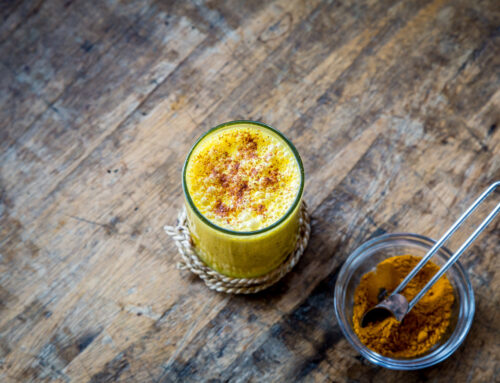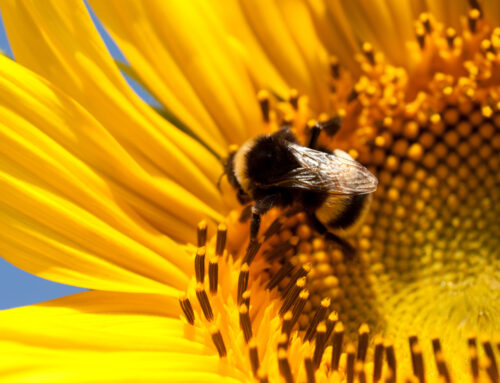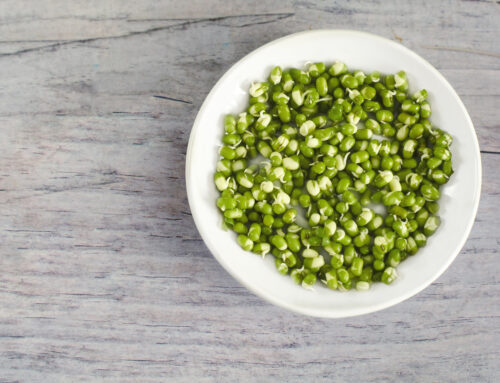By Dr. Karin Dina, D.C.
 There has been a lot of talk about the importance of probiotics for health in the media recently. As a result, there are now numerous products on the market that are supplemented with probiotics. It’s important to understand not only the health benefits of probiotics, but how to keep them alive once they are in the intestinal tract.
There has been a lot of talk about the importance of probiotics for health in the media recently. As a result, there are now numerous products on the market that are supplemented with probiotics. It’s important to understand not only the health benefits of probiotics, but how to keep them alive once they are in the intestinal tract.
Fiber Provides Food for Probiotics
Probiotics need food to survive, and once in our intestinal tract, probiotics can stay alive on the foods we ingest. Just like people, probiotics thrive on specific types of foods, especially certain types of fiber. Fiber is not digestible by humans, but is fermentable by probiotics. Fiber that can provide food for probiotics is referred to as a prebiotic. Most types of fiber are composed of glucose molecules hooked together by chemical bonds; but the types of fiber that probiotics prefer as a source of food are composed of fructose molecules hooked together by chemical bonds. These types of fiber include fructooligosaccharides (FOS) and inulin.

Raw Food Plant Based Diet Rich Source of Prebiotics
Inulin and fructooligosaccharides occur naturally in more than 36,000 plant species in varying amounts. Some of the richest sources of inulin and FOS include banana, dandelion greens, garlic, artichoke, Jerusalem artichoke, onion, leek, yacon, shallot, and many more. There are numerous other commonly consumed raw foods that provide smaller amounts of these types of fiber, including lettuce, snap peas, snow peas, carrots, peaches, blackberries, watermelon, navel oranges, black grapes, raspberries, other fruits and vegetables, and some whole grains. Fruits and vegetables provide plenty of this and many other beneficial types of fiber, which is just one of a myriad of benefits derived by consuming large quantities of fruits and vegetables in one’s daily diet.
Probiotics and Weight Management
There is still much to learn about the health benefits and preferred foods of probiotics, and the media buzz on probiotics continues to grow. There have been articles in major newspapers including the New York Times on the possible connection between probiotics and maintaining a healthy weight, attributed to the ability of probiotics to use calories from our food for their own energy needs. This way, those extra calorie sources are consumed by probiotics rather than being absorbed by the body and stored as fat.
This is just the tip of the iceberg! We include much more information about the importance of probiotics and prebiotics in our Science of Raw Food Nutrition level III class. We’d love for you to join us to learn more about this and many other fascinating topics on the science of plant based raw food nutrition.
References and Research:
Campbell J, Bauer L, Fahey G, Hogarth A, Wolf B, Hunter D. Selected Fructooligosaccharide (1-Kestose, Nystose, and 1F-β-Fructofuranosylnystose) Composition of Foods and Feeds. J. Agric. Food Chem. 1997;45(8):3076–3082.
Kelly G. Inulin-type prebiotics–a review: part 1. Altern Med Rev. 2008 Dec;13(4):315-29.
Niness K. Inulin and oligofructose: what are they? J Nutr 1999; 129 (7 Suppl): 1402S – 1406S.
Van Loo J, Coussement P, de Leenheer L, Hoebregs H, Smits G. On the presence of inulin and oligofructose as natural ingredients in the western diet. Crit Rev Food Sci Nutr. 1995;35(6):525-52.







